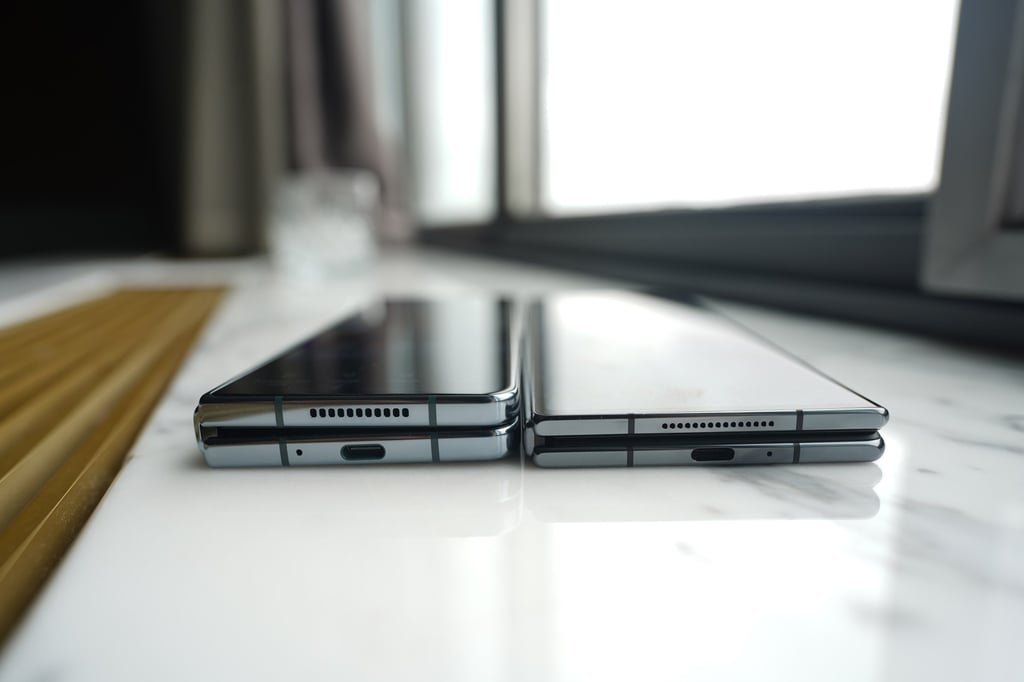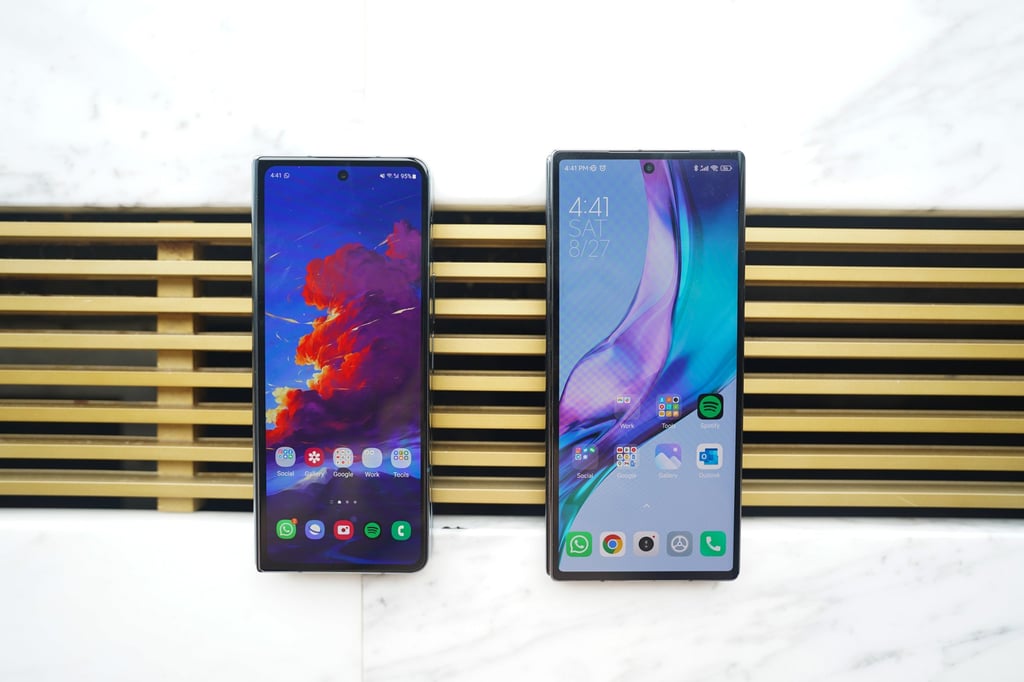Xiaomi’s Mix Fold 2 vs Samsung’s Galaxy Z Fold 4: foldable smartphones compared. Which is better?
- We take a look at how the two latest foldable smartphones from Xiaomi and Samsung compare when it comes to design, features, performance and battery
- While the Xiaomi’s hardware looks superior, Samsung’s hinge feels sturdier. Likewise, Samsung’s software can do more – even if Xiaomi’s is better looking

Xiaomi’s launch of its Mix Fold 2 less than a day after Samsung introduced the Galaxy Z Fold 4 earlier this month shows that competition in the foldable smartphone market is heating up.
At first glance, and going purely by its hardware, the Chinese release seems more impressive – but how does it stack up against its rival from the South Korean electronics giant?
Design and hardware

This sleek design is an engineering marvel; all previous foldable phones of this type, including Samsung’s new Fold 4, felt significantly thicker than a normal phone when folded. The gap in size is compounded by the fact that Samsung’s foldables still cannot fold entirely flat, while Xiaomi’s Mix Fold 2 can fold shut.

But Samsung notches victories in several areas. The Fold 4 is officially rated IPX8 for water resistance, while Xiaomi’s phone has no such rating.